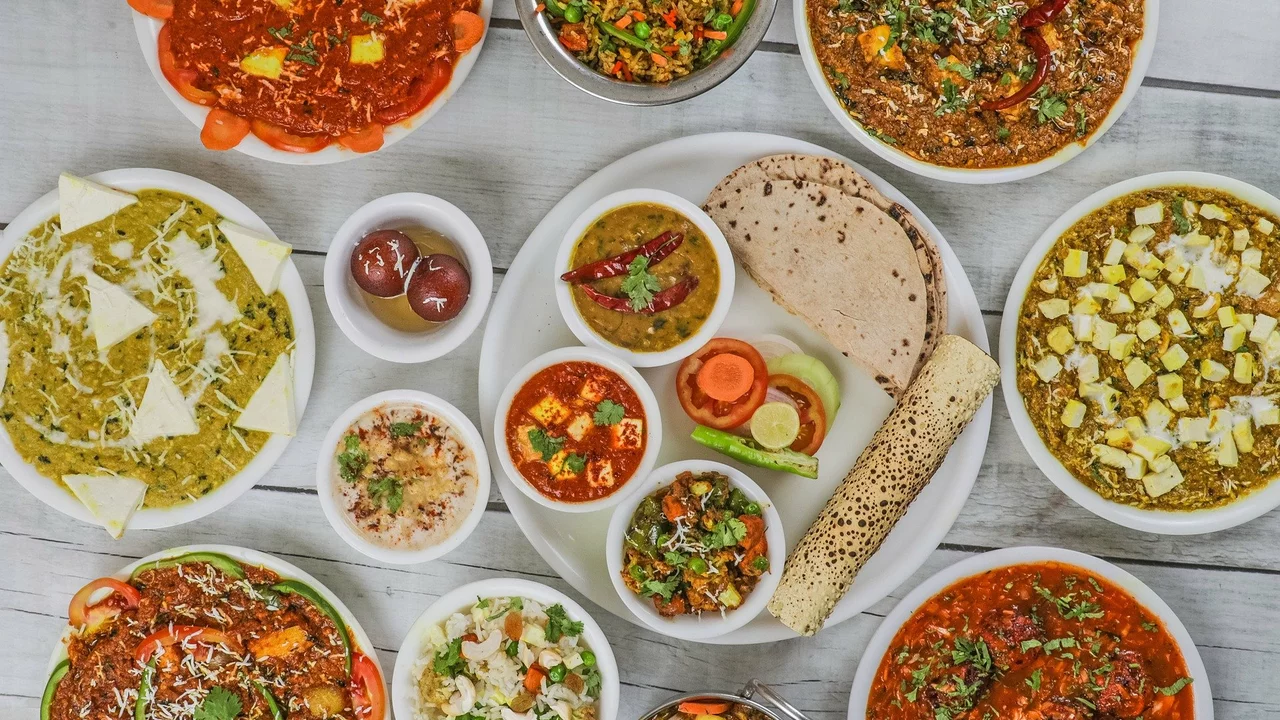Indian Food: Everyday Flavors and Snack Picks
If you’ve ever wondered what makes Indian food so loved around the world, you’re in the right spot. This guide breaks down the core ingredients, a few go‑to dishes, and snack ideas that travel well. No fancy jargon, just clear steps you can follow today.
Everyday Essentials: Core Ingredients
Most Indian recipes start with three things: oil, spices, and a base vegetable or protein. A splash of oil (vegetable, mustard, or ghee) warms up the pan, then you add whole spices like cumin seeds, mustard seeds, or bay leaves. They pop and release an instant aroma that tells you the dish is coming together.
Ground spices such as turmeric, coriander, cumin powder, and garam masala are the next layer. Turmeric gives a golden color and a mild earthy taste, while garam masala adds warmth at the end of cooking. Keep a small jar of each on your shelf; you’ll use them in almost every curry, stew, or fried snack.
The base vegetables are usually onion, garlic, ginger, and tomatoes. They’re chopped, sautéed, and turned soft before any liquid is added. This “masala” stage creates the backbone of flavor for dishes like butter chicken, chana masala, or dal.
Proteins can be anything from chicken, paneer (cottage cheese), lentils, to chickpeas. The trick is to cook them just until they’re tender and have absorbed the spices. A quick tip: add a pinch of salt early on, then adjust toward the end for the perfect taste.
Snack Time: Easy Indian Snacks to Bring Home
Indian snacks are perfect for quick bites or gifts. Most of them are dry, so they keep well during travel.
Samosas – flaky pastry filled with spiced potatoes and peas. You can fry or bake them, and they stay crispy for a day or two. Pack them with a small container of tamarind chutney for extra zing.
Sev Mamra – a mix of crisp fried noodles (sev) and puffed rice (mamra) seasoned with chili and turmeric. It’s light, crunchy, and easy to carry in a zip‑lock bag.
Bhel Puri – another puffed‑rice mix, but with added chopped onions, tomatoes, and a squeeze of lemon. It’s tangy and refreshing, great for a snack break.
Chikki – a sweet brittle made from jaggery (unrefined cane sugar) and nuts like peanuts or cashews. It’s like a candy bar but with a nutty crunch.
Kachori – deep‑fried dough stuffed with spicy lentils or peas. They’re hearty and pair well with a dollop of yogurt or pickle.
All these snacks are available online or at Indian grocery stores. Look for sealed packs with a “best before” date to ensure freshness.
When you bring Indian food back home, remember a few simple rules: keep spices dry, store snacks in airtight containers, and label anything that might be unfamiliar to friends. A short note about the flavor profile (spicy, sweet, tangy) helps everyone enjoy the experience.
Finally, don’t be afraid to experiment. Mix a pinch of garam masala into scrambled eggs, add turmeric to a smoothie, or toss sev into a salad for crunch. Indian food isn’t just a cuisine, it’s a toolbox of flavors you can use any day. Have fun exploring, and let the aromas guide you.
What Indian food do non-Indians usually dislike?
In my exploration, I found that some non-Indians often struggle to enjoy certain Indian foods. The main culprits seem to be dishes with strong flavors, such as those abundant in spices or heat, like Vindaloo or Phaal. Foods with unusual textures, for instance, Okra (Bhindi) or Bitter gourd (Karela), also prove challenging for some. The heavy use of dairy in many dishes, like Paneer-based meals, can also be off-putting for those with dietary restrictions. However, it's important to remember that taste is subjective, and there are plenty of non-Indians who relish these very dishes.
